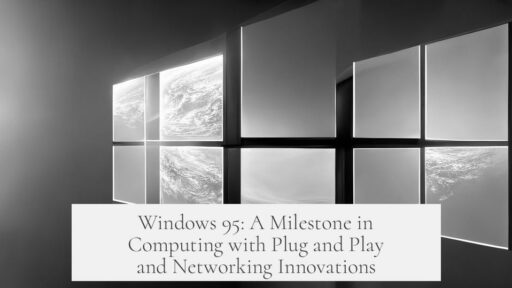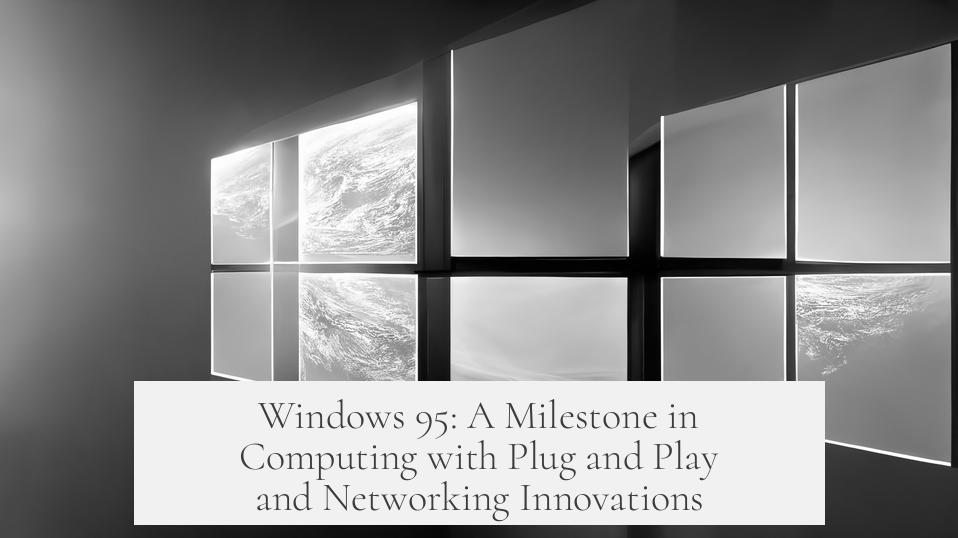Windows 95 was a big deal because it transformed personal and enterprise computing by integrating key features that simplified hardware use, improved networking, and enhanced software integration, setting new standards for usability and driving Microsoft’s dominance in the PC market.
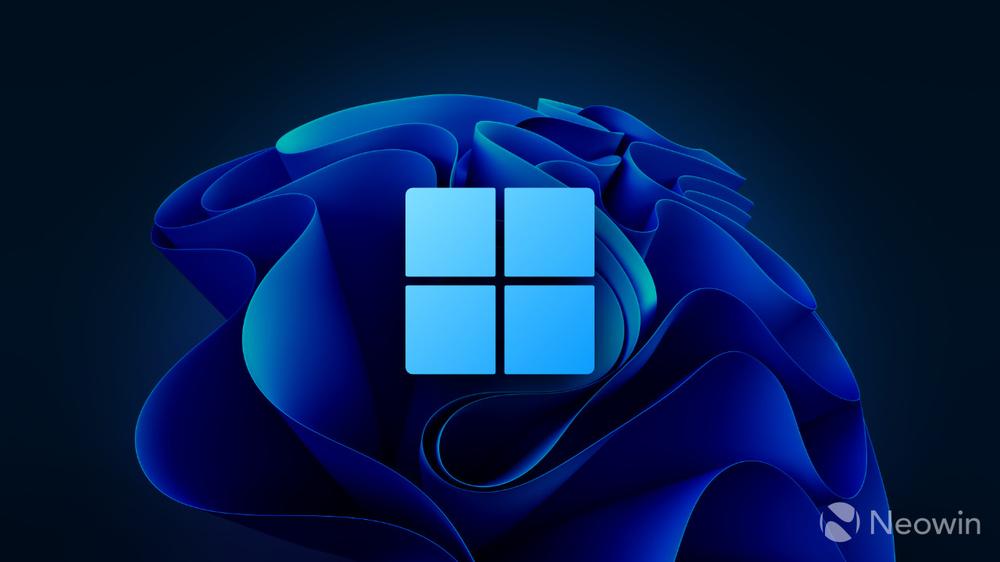
One major breakthrough of Windows 95 was its support for plug and play hardware. Before this, installing new devices like printers required manually searching for and installing drivers compatible with a specific operating system. This process was complicated because drivers were OS-specific, and most users had limited internet access to find solutions. Windows 95 came with a vast collection of pre-installed drivers that allowed many devices to function immediately upon connection. This feature drastically reduced setup time and frustration, especially for peripherals like printers, which were often difficult to configure.
Networking also became more user-friendly with Windows 95. Earlier operating systems lacked built-in networking, forcing users to install third-party software. Windows 95 included native networking support, easing the setup of home and office networks. This integration allowed computers to communicate more easily, share files, and access the internet without complex configuration. The later release of Windows NT 4.0 extended these improvements to enterprise environments, facilitating network management at scale. Eventually, Microsoft introduced Active Directory with Windows 2000, which brought advanced network administration tools compatible with Windows 95/98 machines, changing enterprise IT management.

Another significant addition was Internet Explorer bundled with the Windows 95 Service Release 1. Before this, users needed to install separate web browsers or dial-up services like AOL to access the internet. Including a web browser as a default feature made it easier for users to get online immediately after setting up their computers. This convenience played a key role in popularizing internet usage and led to legal scrutiny regarding Microsoft’s bundling practices.
Windows 95 also improved how applications worked together, notably through advances in Object Linking and Embedding (OLE 2). The operating system was released alongside a redesigned Microsoft Office suite, which enhanced cross-application collaboration. For example, users could embed or copy data between Word and Excel with greater ease. This integration proved essential for businesses, which relied on office software to manage data and generate reports. Enterprises favored Windows 95 and Office together because internal software could export results into Office applications seamlessly, boosting productivity.
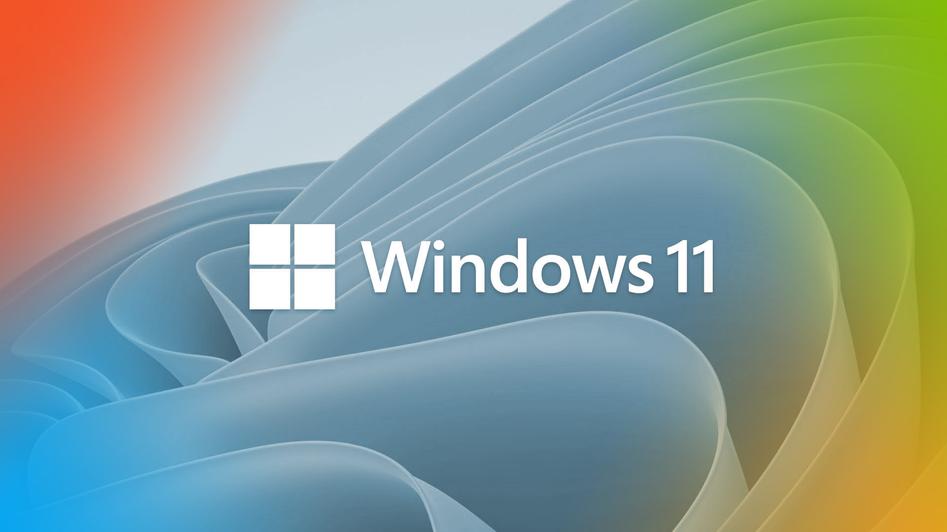
The introduction of Windows 95 brought a more polished, user-friendly interface that rivaled the Macintosh experience. Earlier Windows versions lagged behind Mac OS in ease of use and design cohesiveness. Windows 95 unified many incremental changes to create a smoother setup and operational flow. This improvement helped attract users seeking an intuitive computing environment without sacrificing the flexibility PCs offered.
In enterprise computing, Windows 95 enabled the rise of client-server applications, which replaced older mainframe systems. Mainframe computing involved costly, complex software that required intense memory management and offered poor user experience. Client-server models split tasks between local PCs and central servers, enabling more powerful and scalable applications. Microsoft’s dominance in the PC market encouraged most businesses to develop these applications exclusively for Windows. This created a reinforcing cycle: companies standardized on Windows for business apps, boosting Windows sales, and reducing incentives for Mac developers in corporate settings.
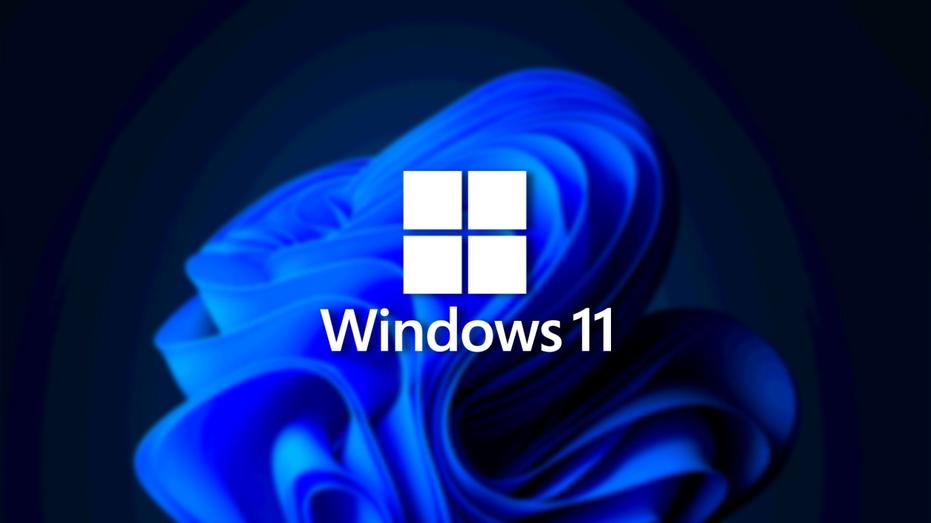
The market impact of Windows 95 and Microsoft Office was profound. Microsoft Office 95 helped eliminate competitors like WordPerfect, whose share plummeted from 50% to 5% in five years, and Excel outpaced Lotus 123. Together with Windows 95, this solidified Microsoft’s hold on both operating system and productivity software markets. The widespread corporate adoption led to steady revenue from licensing. Notably, poor license management in large organizations sometimes resulted in Microsoft profiting from unused licenses, increasing their earnings further.
| Feature | Impact |
|---|---|
| Plug and Play Hardware Support | Eliminated driver hassles, improved hardware compatibility, simplified setup |
| Built-in Networking | Eased local and internet networking for home and enterprise users |
| Internet Explorer Inclusion | Enabled immediate internet access, expanded web adoption |
| OLE 2 and Office Integration | Enhanced productivity with better cross-application data sharing |
| User Interface | Matched Mac usability while preserving PC flexibility |
| Enterprise Client-Server Support | Modernized business applications, transitioned from mainframes |
| Market Dominance and Licensing | Reduced competition, secured ongoing revenue and ecosystem lock-in |
Windows 95 made personal computing more accessible and powerful. It simplified hardware management, incorporated networking features, and shipped with a web browser. The improved Office integration lifted productivity. Usability advances helped draw users from other platforms. Enterprises gained modern client-server capabilities, further increasing corporate adoption. Microsoft’s stronger market hold shaped software development and sales models.
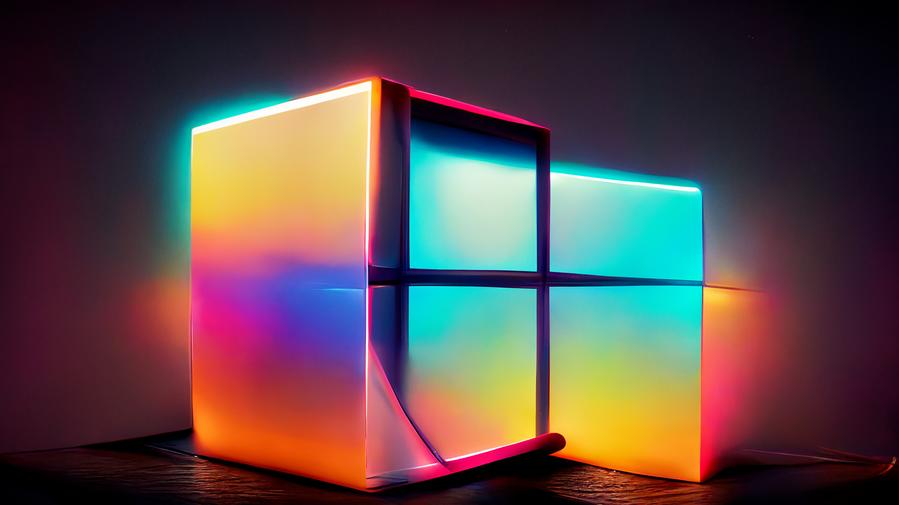
- Plug and play drivers reduced setup time and technical frustration.
- Networking was built-in, improving connectivity at home and work.
- Internet Explorer bundled, allowing immediate web access.
- OLE 2 enhanced Office integration, aiding enterprise workflows.
- UI improvements brought Windows near Mac-level usability.
- Client-server apps thrived on Windows, displacing mainframe systems.
- Microsoft solidified PC market dominance, limiting competitors.
Why Was Windows 95 Such a Big Deal?
Windows 95 was a GAME CHANGER in personal computing. It wasn’t just another operating system update. It unlocked a whole new level of ease, power, and connectivity that changed how millions used computers. But what exactly made it so special? Let’s dive in!
Imagine buying a printer in 1994. You’d tear your hair out hunting for the right driver for your OS. Maybe you juggled between Windows 3.1 one day and a Mac the next, hunting down drivers for each. No fun, right? Then came Windows 95 with Plug and Play hardware support. Now, you just plug in your device, and—boom!—it works, no driver scavenger hunt. This was a massive relief, especially considering the pre-internet era where Google wasn’t a thing.
Plug and Play: The New Magic
Windows 95 included many pre-set drivers, so users got devices like printers recognized instantly. That was a huge leap over earlier OSes where every new gadget was a puzzle. It’s like Windows 95 handed you the keys to your tech toys, no manual required.
So easy, even your grandma could print holiday cards without a panic attack. That magical plug and play moment? It really set Windows 95 apart.
Networking and Internet Integration: Welcome to Modern Connectivity
Before Windows 95, networking wasn’t a given feature. Windows for Workgroups added some networking to Windows 3.1, but it was clunky and required extra installs. Imagine buying a computer and having to find, install, and configure third-party network software just to get online!
Windows 95 threw that frustration out the window. It came with built-in networking support, letting users easily join home or office networks. On top of that, Windows 95 Service Release 1 shipped with Internet Explorer pre-installed. That meant users could plug in, connect to their ISP, and browse the web without extra steps.
This convenience not only made home computing more powerful but also sparked a shift in how people engaged with the internet. It also triggered infamous antitrust lawsuits against Microsoft — now that’s impact!
Office Integration and OLE 2: A Productivity Boost
Windows 95 didn’t just improve the OS; it arrived alongside a redesigned Microsoft Office. Office 95 leveraged OLE 2 (Object Linking and Embedding), making copy-pasting and data sharing between apps smoother than ever. Suddenly, you could embed an Excel chart into Word with zero hiccups.
This seamless integration caught fire in the corporate world. Enterprises loved it because their in-house apps could now export reports into Word or Excel effortlessly. It wasn’t just about the home user; Windows 95 helped Microsoft cement its dominance in the workplace.
Price-wise, Windows 95 cost around $199 for a new license, while Office 95 was $499 (upgrade was $249). A solid investment for users wanting full productivity.
The User Interface Upgrade That Matched the Mac
The Macintosh had long been praised for its intuitive interface. Windows 95 finally caught up, delivering a polished experience with the Start Menu, taskbar, and better window management. This made starting a PC and getting work done intuitive and faster.
For many, it was their first taste of a modern GUI that was approachable. Combined with Windows’ famed power and flexibility, users got the best of both worlds.
Enterprise Revolution: Client-Server Applications and Market Domination
In the early 90s, corporate computing often relied on clunky mainframe applications. These systems were hard to maintain and user-unfriendly. The rise of client-server apps changed the game, splitting tasks between a user’s PC and a server.
With Windows 95 and NT 4.0 booming, client-server architecture exploded in popularity. Microsoft’s dominance in this area meant most enterprise software was Windows-only. Macs were largely left out of the loop since very few client-server apps supported them.
This created a self-reinforcing cycle: companies bought Windows PCs to run their important software, which discouraged support for Macs. The result? Windows solidified its grip on enterprise computing, and small networks to giant corporations became easier to manage.
The Crushing of Competition and Licensing Goldmine
Windows 95 and Office 95 also reshaped the competitive software market. Excel’s rise dealt a severe blow to Lotus 1-2-3, while Office 95 crippled WordPerfect’s market share, dropping it from 50% in 1995 to just 5% by 2000.
With companies locked into Windows and Office, Microsoft enjoyed massive licensing revenue. Poor license management meant many organizations paid for unused software, padding Microsoft’s profits further.
Putting It All Together — Why Windows 95 Was Revolutionary
Windows 95 changed computing by:
- Simplifying hardware use with Plug and Play
- Including networking and the Internet straight out of the box
- Integrating deeply with the new Microsoft Office suite
- Delivering a user interface on par with Macintosh
- Fueling the rise of client-server business applications
- Establishing Microsoft’s near-monopoly in corporate IT
- Crushing competitors and creating sustainable licensing revenue
Every piece worked together to make Windows 95 not just an upgrade, but a giant leap forward. It lowered barriers to entry for tech users, empowered businesses, and shaped the software industry for decades to come.
Is This All Nostalgia, or Are There Lessons for Today?
Windows 95 reminds us why user experience matters so much. Simple features like plug and play and internet readiness make technology approachable. The way Microsoft integrated its ecosystem also shows the power of creating seamless environments—something modern companies strive for with apps and gadgets.
Even now, the idea that hardware should just work and software should “just connect”—that ethos traces back in many ways to Windows 95’s innovations.
Final Thoughts
So next time you click on the Start menu or plug in a new device without breaking into a sweat, thank Windows 95. It was a giant stepping stone that helped everyday people move from “computer frustration” to “computer mastery.” That’s why Windows 95 was such a big deal.
What made Windows 95’s plug and play feature important?
Windows 95 simplified hardware setup by including many pre-installed drivers. Users no longer had to search for specific drivers to use new devices like printers. This made hardware easier to connect and use right away.
How did Windows 95 improve networking for home users?
It came with built-in networking support. Before, users needed separate software to connect to networks. Windows 95 allowed PCs to connect and share files without extra setup, making home networking easier and more accessible.
Why was integrating Internet Explorer in Windows 95 a big shift?
Including Internet Explorer meant users could browse the web immediately after setup. Previously, browsers were separate installs. This helped popularize the internet and offered a more complete, ready-to-use system.
How did Windows 95 impact business software and office work?
The OS boosted Microsoft Office with new features like improved object linking and embedding. This made data sharing between apps easier and helped companies use powerful client-server applications, strengthening Microsoft’s role in businesses.
What effect did Windows 95 have on the PC and software market?
Windows 95 pushed competitors out, like WordPerfect and Lotus 123. Its success ensured most new PCs ran Windows and Office. Microsoft gained huge license revenue, shaping how personal computers and software were bought and used.
